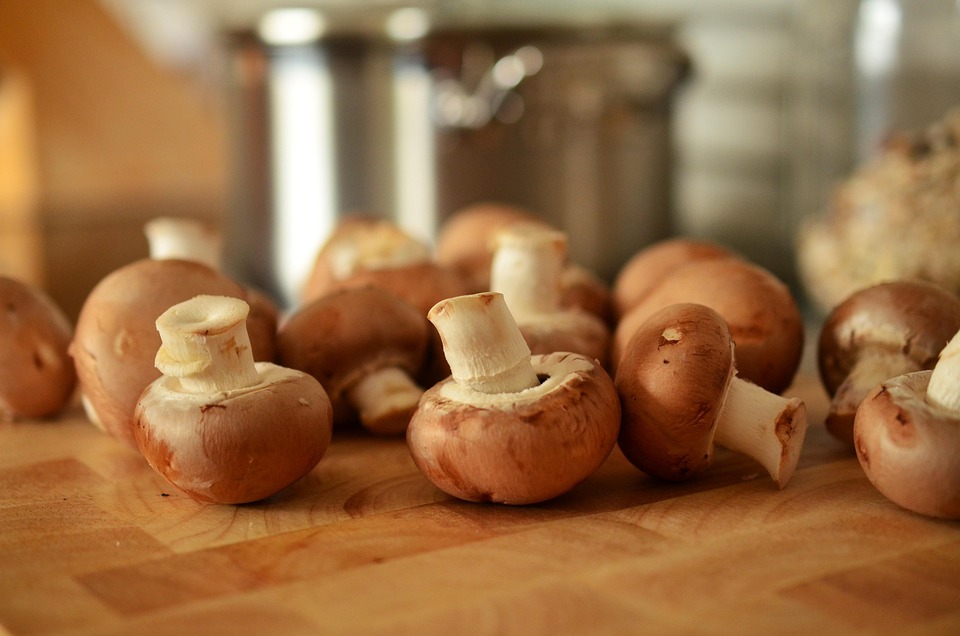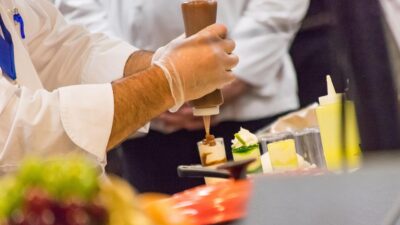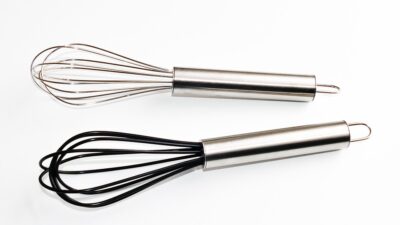Cooking is often seen as an art form, a creative endeavor that relies on intuition, but at its core, it is also a science. Understanding the underlying principles of cooking techniques can significantly enhance your culinary skills, transform your dishes, and elevate your overall experience in the kitchen. Let’s delve into the science behind cooking techniques and why mastering them is essential for any aspiring home cook or professional chef.
The Role of Heat
At the heart of cooking lies the application of heat, which initiates a series of chemical reactions that transform raw ingredients into appealing dishes. Different cooking techniques utilize heat in various forms, influencing texture, flavor, and nutrition.
1. Conduction, Convection, and Radiation
-
Conduction involves direct contact with heat, as seen in methods like sautéing or frying. The heat transfers from the pan to the food, allowing the outer layer to cook while retaining moisture inside.
-
Convection relies on the movement of air or liquid, as seen in baking or boiling. In baking, hot air circulates around the food, cooking it evenly. Understanding convection can help you adjust your oven settings and cooking times for optimal results.
- Radiation is a more indirect method, typically seen in broiling or grilling. Infrared radiation heats the food without the need for a medium (like air or metal), leading to distinct flavor profiles due to caramelization and browning.
Maillard Reaction and Caramelization
Two key processes that significantly enhance flavor in cooking are the Maillard reaction and caramelization.
-
Maillard Reaction: This complex reaction occurs between amino acids and reducing sugars when food is exposed to high heat, resulting in the browning of meats, bread crusts, and roasted vegetables. Mastering this technique involves understanding temperature and timing; too high a temperature can lead to burning, while too low might not produce the desired flavor.
- Caramelization: The process of browning sugar when heated, caramelization contributes sweetness and a brown color to foods like onions and desserts. Knowing when to lower the heat during this process is crucial to avoid bitterness.
Emulsification: Bringing Ingredients Together
Emulsification is another crucial technique that involves combining two immiscible liquids, such as oil and water. Common examples include vinaigrettes and mayonnaise. Understanding the science of emulsification can help you create stable sauces and dressings.
The Role of Emulsifiers
Emulsifiers, like egg yolk or mustard in a vinaigrette, contain molecules with both hydrophilic (water-attracting) and hydrophobic (water-repelling) ends. This unique structure allows them to stabilize the mixture, preventing separation. Learning the right ratios and techniques for emulsifying ingredients can enhance the texture and flavor of your dishes.
Fermentation: Enhancing Flavor and Nutrition
Fermentation is a natural process that transforms ingredients through microbial action, resulting in new textures and flavors. Understanding the science behind fermentation can open up a world of culinary possibilities, from making sourdough bread to crafting homemade pickles or yogurt.
The Benefits of Fermentation
Fermented foods often have enhanced nutritional profiles due to increased bioavailability of vitamins and minerals. Additionally, the fermentation process can introduce beneficial probiotics, supporting gut health. Knowing how to control temperature, time, and the type of microorganisms involved is essential for successful fermentation.
Sous Vide: Precision Cooking
One of the latest innovations in cooking technology is sous vide, a technique that involves cooking food slowly in a water bath at precise temperatures. This method allows for uniform cooking while retaining moisture and flavor.
Mastering Sous Vide
The scientific principles of sous vide are rooted in temperature control and timing. By cooking food at lower temperatures for extended periods, you can achieve consistent results that are difficult to replicate with traditional methods. Understanding the appropriate temperatures and cooking times for various foods is crucial for maximizing the benefits of sous vide.
Conclusion: The Intersection of Art and Science
While creativity plays a vital role in cooking, understanding the science behind various techniques enhances your ability to innovate and experiment in the kitchen. Mastering these techniques allows you not only to produce better results but also to understand why certain methods work the way they do.
Whether you are a novice cook or an experienced chef, embracing the science of cooking can transform your culinary journey, empowering you to create exceptional dishes that delight the senses. In the end, the most successful cooks are those who blend both art and science, navigating the kitchen with knowledge and creativity in equal measure.



